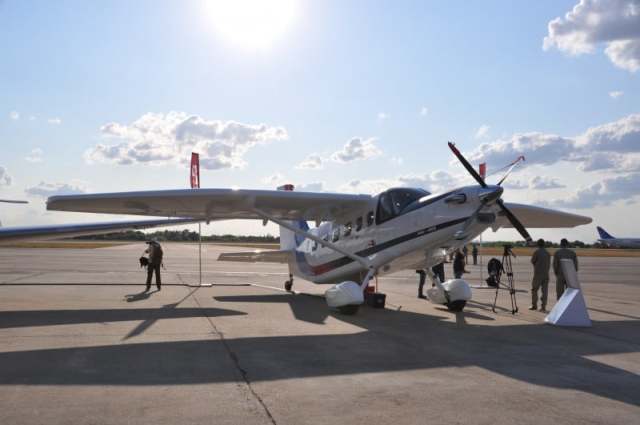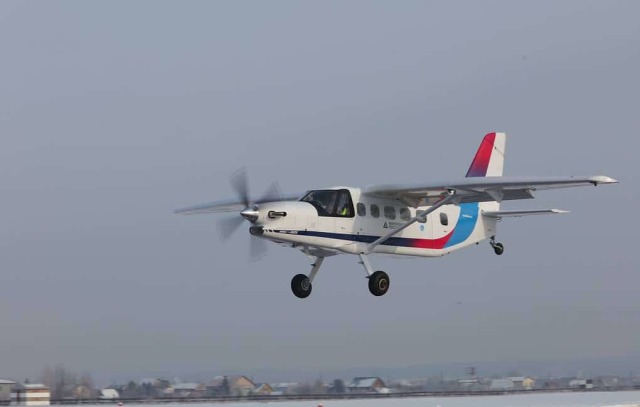The Baikal light multipurpose aircraft took to the skies for the first time. The car is considered as a replacement for the famous Soviet An-2, nicknamed "cornhusker".
The beginning of flight tests of a promising winged machine with reference to the head of the Ministry of Industry and Trade Denis Manturov was reported by TASS.
The plane took to the sky today, January 30, from the airfield in Yekaterinburg, the flight took place at an altitude of 500 meters and lasted about 25 minutes. The machine's systems worked normally. The tests allowed us to evaluate its stability and controllability in the air.
The first flight of "Baikal" / ©Baikal-engineering
It has been known for a long time that the first flight of the Baikal is expected this year. Earlier this month, the Network posted footage of how the car breaks away from the earth's surface, but such a "jump" could not be called a flight in the usual sense.
It is known that they want to show Baikal in Moscow at the NAIS 2022 exhibition. The official presentation of the novelty was held at the last MAX.

LMS-901 "Baikal"
Image source: BMPD
According to the head of the Ministry of Industry and Trade, the developers took into account the wishes of the regions and operators. The project will provide an opportunity to "revive" transportation on local air lines, and will also solve the difficulties of transport accessibility. We are talking primarily about the Far East.
Earlier, Denis Manturov said that serial production of new items should begin in 2023 (other sources call 2024). This year, they expect a firm contract for the supply of ten new-type cars in 2023-2025. Russia also hopes for interest in the aircraft from Kazakhstan.
The Russian state order market for Baikal is estimated at 300 cars by the end of the decade. The price of the aircraft in the basic version is about 120 million rubles.
The new aircraft is not the first attempt by Russian designers to create a replacement for the AN-2. "Baikal" became the successor of the T-101 "Grach" aircraft: de facto, it represents the development of this machine. The "Rook" began to be developed in 1992, it made its first flight in 1994. In total, two samples were produced, the project was closed for today.

